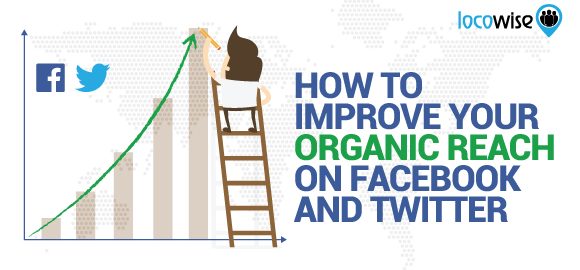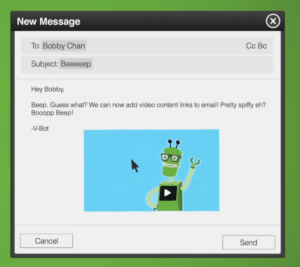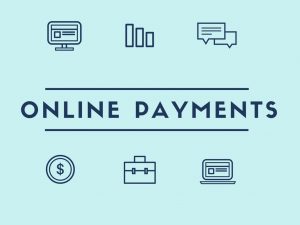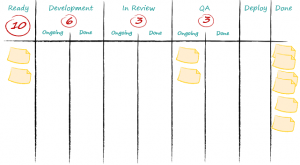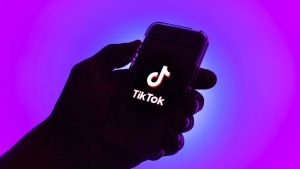Ever wondered what percentage of people actually see your social media posts? The number, sadly, is probably very small – despite all your great work. Statistics suggest that very few of the people that follow you on Facebook and Twitter see what you post.
Luckily, there is some good news. You can increase your reach on social media fairly easily just by tweaking your strategy a bit.

So What Exactly Is Reach?
There is a lot of confusion around social media jargon. The three words that people misunderstand most are ‘reach’, ‘impressions’, and ‘engagement’. What do the terms really mean, and why is reach in particular so important?
Basic definitions look something like this:
● Reach: How many people see your content
● Impressions/actual reach: How many times your content is seen. One person can count for more than one impression.
● Engagement: How many people interact with your content (likes, comments, shares, clicks and retweets)
These metrics are all important indicators of how well your campaigns are doing. Alone, the numbers are not so useful, though. When you pull weekly and monthly data from your social media performance tool you need to look at them individually as well as together. This is the only way to draw insights that will effectively boost your performance. The number one way to improve impressions and engagements is to pay attention to reach. The more people who see your content, the more impact you have.
The Two Different Types of Reach
It’s important to understand that there are two different types of reach. When discussing the number of people who see your post, you’re going to be referring to ‘potential’ reach and ‘actual’ reach. Potential and actual reach give you very different numbers, so you want to be sure to know the difference.
1. Potential reach
Potential reach is the number of people a post could potentially reach based on your total follower count. If you have 13.3 million followers like Starbucks does on Instagram, your content could potentially reach 13.3 million people (or even more people if your content goes viral). There is no guarantee of this, though – in fact it’s highly unlikely that all 13.3 million followers would see every single piece of content posted. When working out potential reach, most social media analytics tools also take into account the audience size of people who share your tweets. So, if someone on Twitter with a following of 2,000 shares your tweet, that number is included in the calculation of your potential reach.
2. Actual reach
Actual reach is also referred to as ‘impressions’ or ‘views’. Your actual reach is always going to be a lot lower than your potential reach. ‘Potential’ means what it could be. ‘Actual’ is what it really is. If you follow Starbucks and see one of their posts, you’ve contributed to their actual reach, which is likely lower than 10% of their potential reach.
While potential reach gives you a nice big number, actual reach is what you want to be focusing on if you want people to be exposed to your content on their social media feeds.
Tips: Upping Reach On All Platforms
If you’re looking to improve overall reach, these cross-platform tips are for you. They’ll work everywhere from Pinterest to LinkedIn and you can follow all of these steps in less than an hour. If you want specific tips for Facebook and Twitter, which each have their own unique challenges, you’ll find those below.
1. Optimise your profiles
It’s worth looking at a few elements of your profiles that might need refreshing. Make sure that all images and logos are up to date and that they’re the right resolution and dimension for each platform. Keep descriptions to the point and emphasise good copy over keywords.
2. Post evergreen content
Focus on content that isn’t time sensitive whenever possible. Balance events and news with content that would be as shareable in six months as it was on the day you posted it. People are more likely to share funny content than any other, but emotive content does well as a rule. Do a quick content review on all of your platforms and see how much of it is likely to be shortlived. Make a note where you could improve, and keep this in mind for your next content calendar.
Tip: People tend to share positive (amusing, inspiring, emotive) posts more than they do neutral or negative ones.

3. Social listening
To engage your audience and improve actual reach across platforms, be a social listener. If you start paying very close attention to what your audience likes and wants, you can start gaining more impressions and grab some of the competition’s marketshare. Invest in software that not only monitors a single platform, but that is capable of ‘hearing’ broader conversations across all of the platforms you use. Analytics tools should let you use keywords and key phrases to track what people have to say about you online even when they’re not tagging you. Social listening is the best way to identify current and potential future challenges, while capitalising on successes.
Improving Reach On Facebook
Facebook uses such advanced algorithms that advertising effectively can be tricky if you don’t know how to optimise – and who you’re optimising your content for. Once you have targeting down, a review of your content is a good idea. Spot on targeting combined with the right mix of content is guaranteed to improve your reach.
Optimise targeting
Facebook makes it very easy to target the exact audience you want way beyond age, gender, and location. Facebook explains that targeting helps you ‘find the right customers across devices’, deliver relevant messages to specific people’, and ‘get the most value from your advert spend by reaching only the people that matter to you’.
Facebook pages with over 100 fans can target updates based on relationship status, gender, location, educational status, language, and interests. Visit Facebook for more information on how this works. Their step-by-step guide is incredibly simple.
Try different types of posts

On Facebook there are various types of posts you can share on your page, so don’t limit yourself to one kind of post. Try a variety and see what works best for your audience. Some of the most popular post types include: photo posts, link posts, video posts and text-only posts. As a rule, video does very well on social media. It’s estimated that, on average, if you have 100 fans almost nine will see a video post. Around six will see a text-only post. Five will see link posts, and fewer than four will see image shares. You can follow our blog for our monthly growth and engagement studies that follow the algorithmic changes and post format performance across the main platforms.
Improving Reach On Twitter
Twitter advertising isn’t effective for many brands, and is often not included in budget. The trick with Twitter is to drive organic (unpaid) reach. There are a few ways to do this, but these are our three favourites:
Leverage real-time moments
Read the news, watch trending hashtags and topics, and stay on top of what influencers are saying. Twitter moves quickly, and you need to do the same. Comment on topics that people are currently talking about. Depending on your brand, you may want to avoid controversy – or court it. Twitter is important as a customer service tool, but you can increase reach by spending a little more time using the platform to gain reach by getting involved in things that interest the Twitter community.
Engage with influencers
Create relationships with people who not only have big followings, but who also have the influence to encourage people to follow brands like yours. Make sure they are a good fit with your product or service, and then approach them. Email them or, if they live nearby, set up a meeting. When they engage with you, you benefit. Just remember there needs to be something in it for them, too, even if it’s just shared exposure.

Link your Instagram account to your Twitter account
As Twitter keeps showing unimpressive growth, Instagram is becoming social media’s rising star. At last count, at the end of 2016, Instagram had 600 million monthly users. At the same time, Twitter had a little over half that number. If you have more Instagram followers than Twitter followers, don’t be afraid to share Instagram content on your Twitter account now and then. Don’t spam Twitter with content from another platform, but do create awareness that you’re doing amazing work on Instagram where there’s far more potential for reach.
To sum up: Always optimise profiles, optimise content, and engage in social listening. Remember that every platform needs a unique approach, though, and so does each audience. There is no one- size-fits-all solution in the world of social media.
Digital & Social Articles on Business 2 Community(92)
